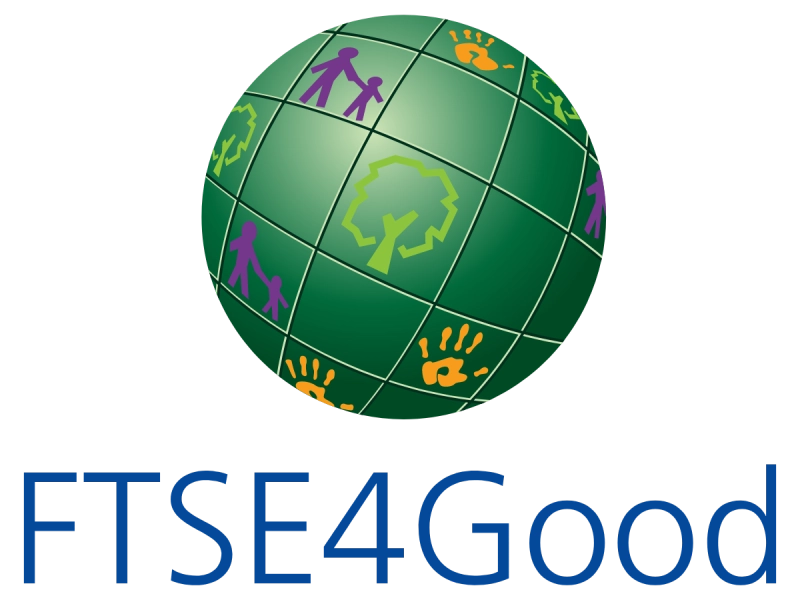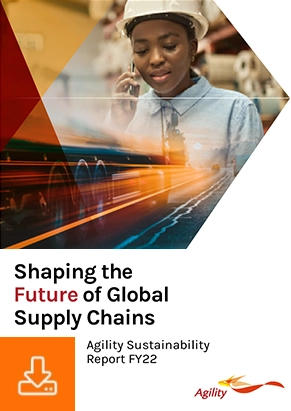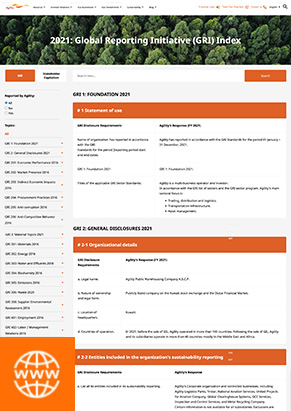Featured Story
UNHCR and Agility sign an agreement to support refugee education in Egypt
UNHCR, the UN Refugee Agency, and Agility, a global leader in supply chain services, infrastructure and investment, announced renewal of their partnership, along with an Agility donation to fund education for 1,788 refugee children in Egypt.




